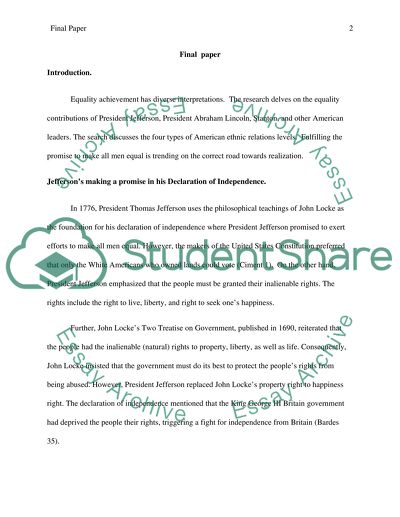Cite this document
(“History of the USA Essay Example | Topics and Well Written Essays - 1250 words”, n.d.)
History of the USA Essay Example | Topics and Well Written Essays - 1250 words. Retrieved from https://studentshare.org/philosophy/1465303-final-essay-paper
History of the USA Essay Example | Topics and Well Written Essays - 1250 words. Retrieved from https://studentshare.org/philosophy/1465303-final-essay-paper
(History of the USA Essay Example | Topics and Well Written Essays - 1250 Words)
History of the USA Essay Example | Topics and Well Written Essays - 1250 Words. https://studentshare.org/philosophy/1465303-final-essay-paper.
History of the USA Essay Example | Topics and Well Written Essays - 1250 Words. https://studentshare.org/philosophy/1465303-final-essay-paper.
“History of the USA Essay Example | Topics and Well Written Essays - 1250 Words”, n.d. https://studentshare.org/philosophy/1465303-final-essay-paper.


